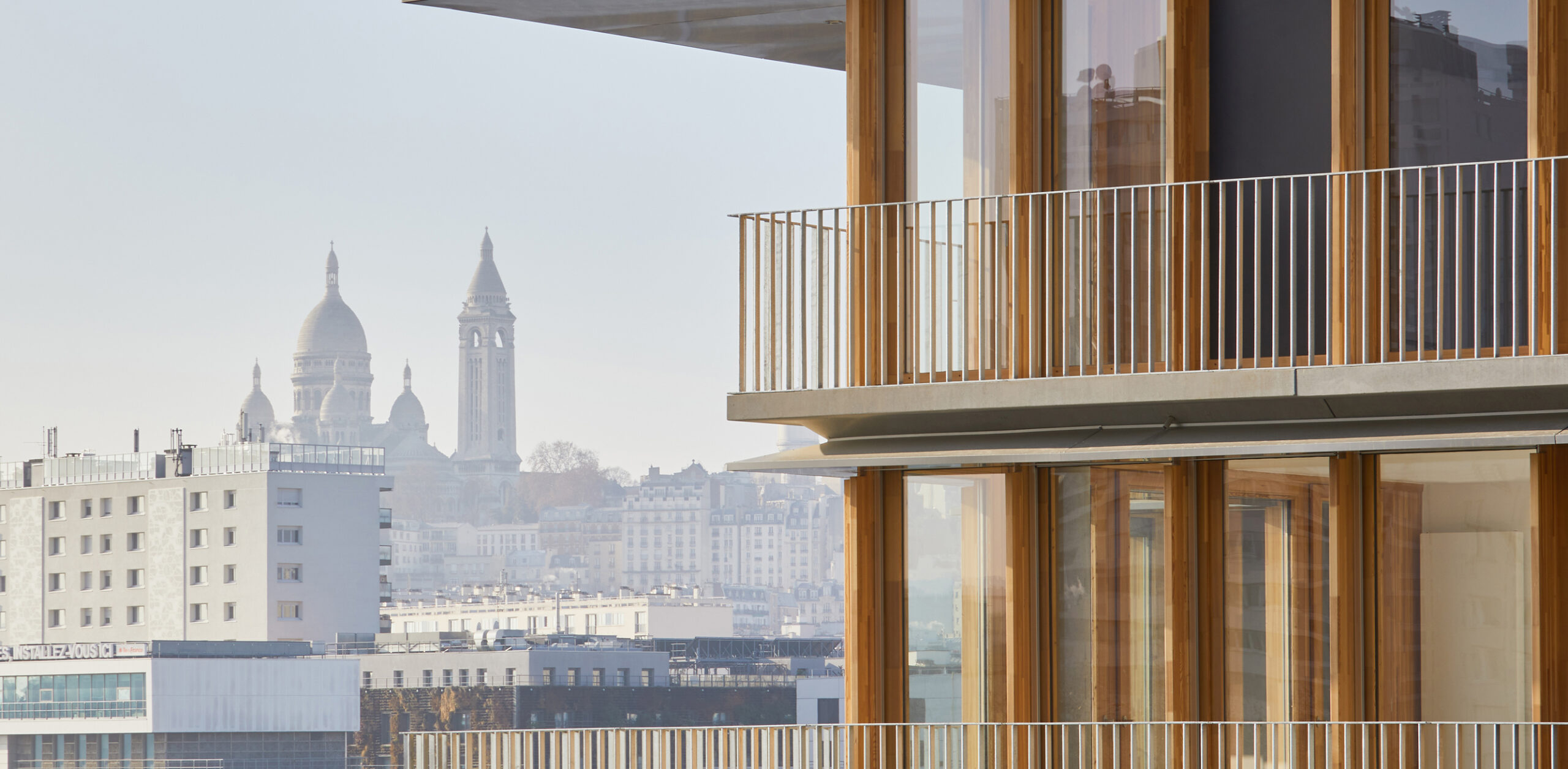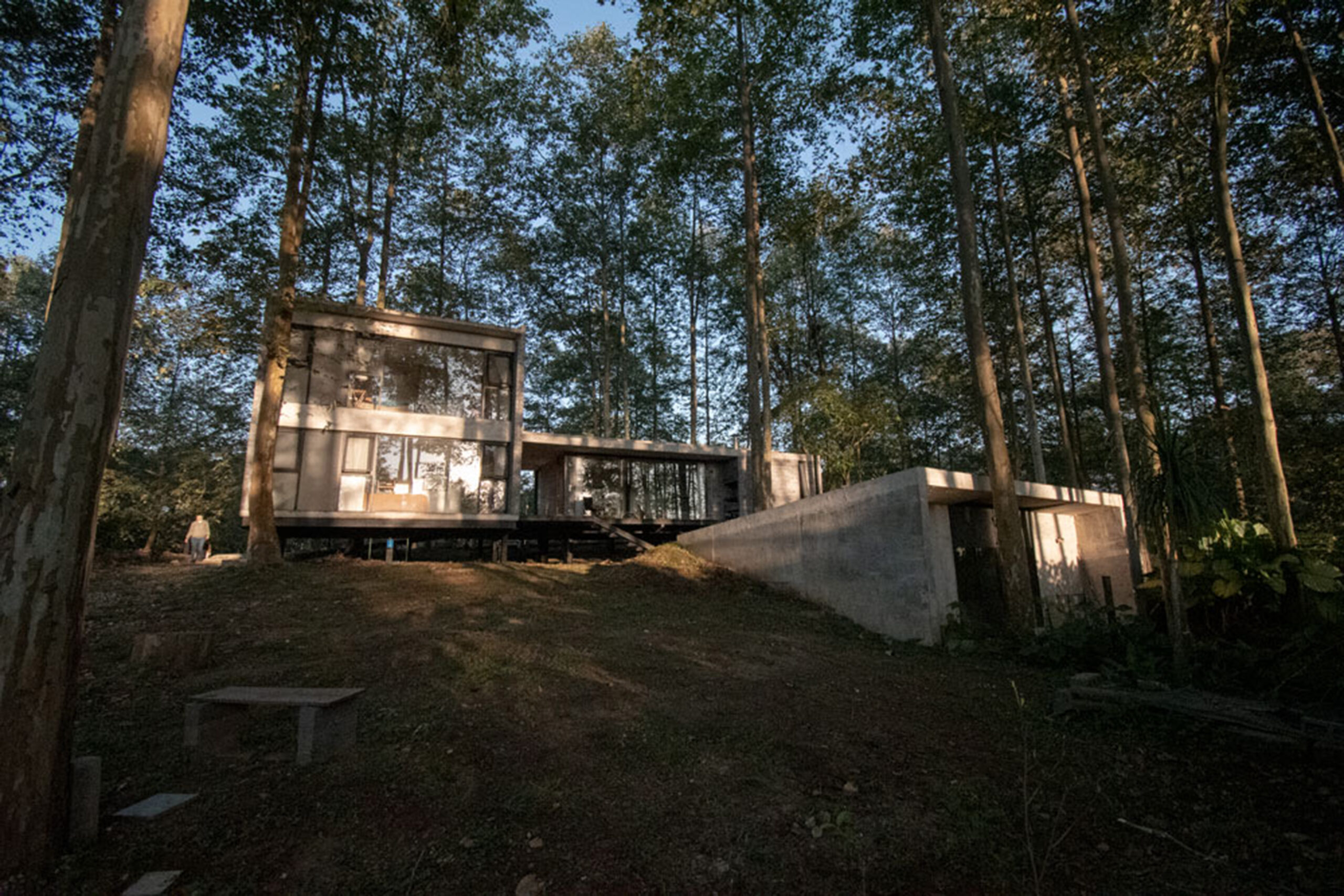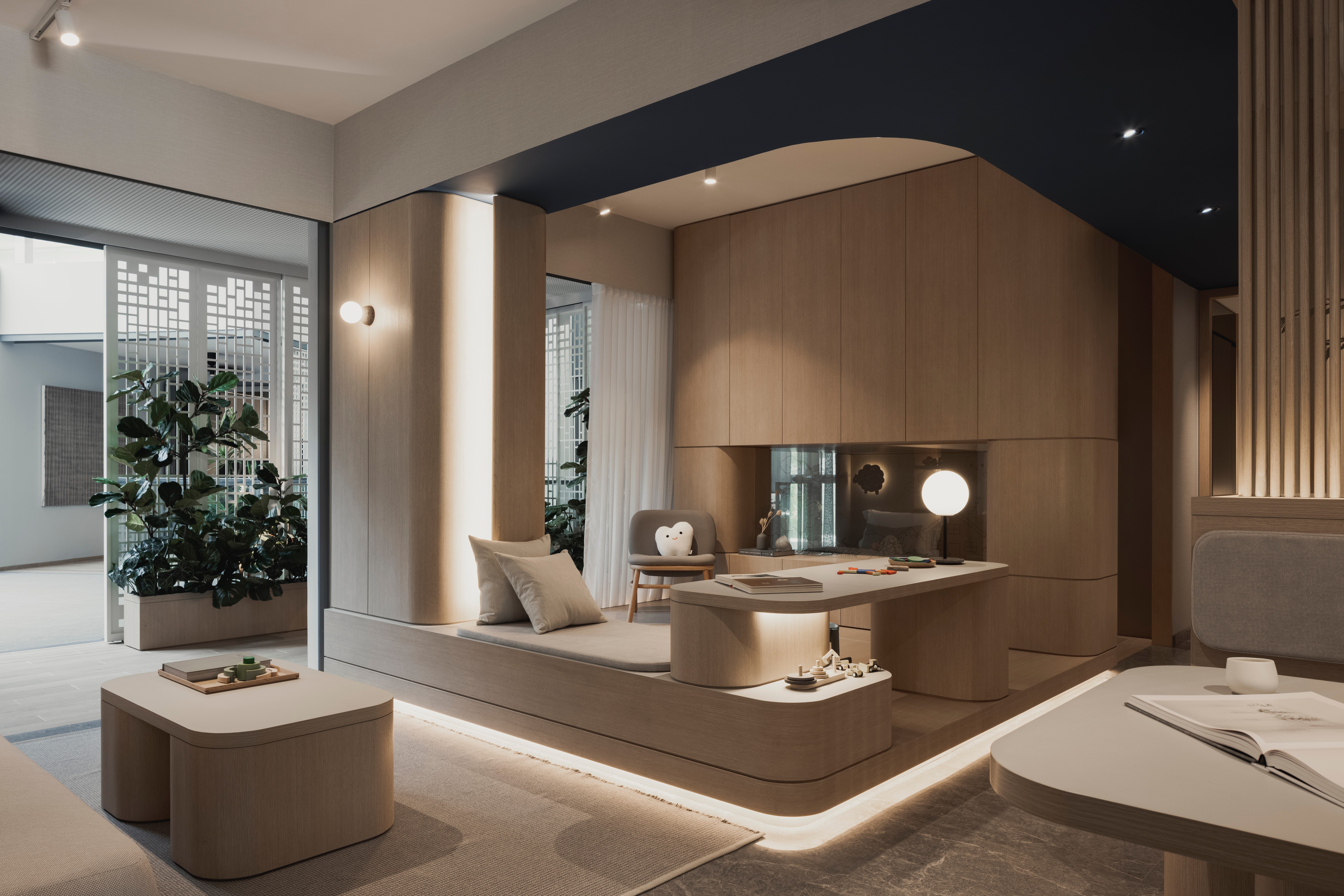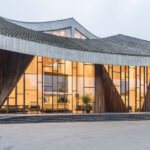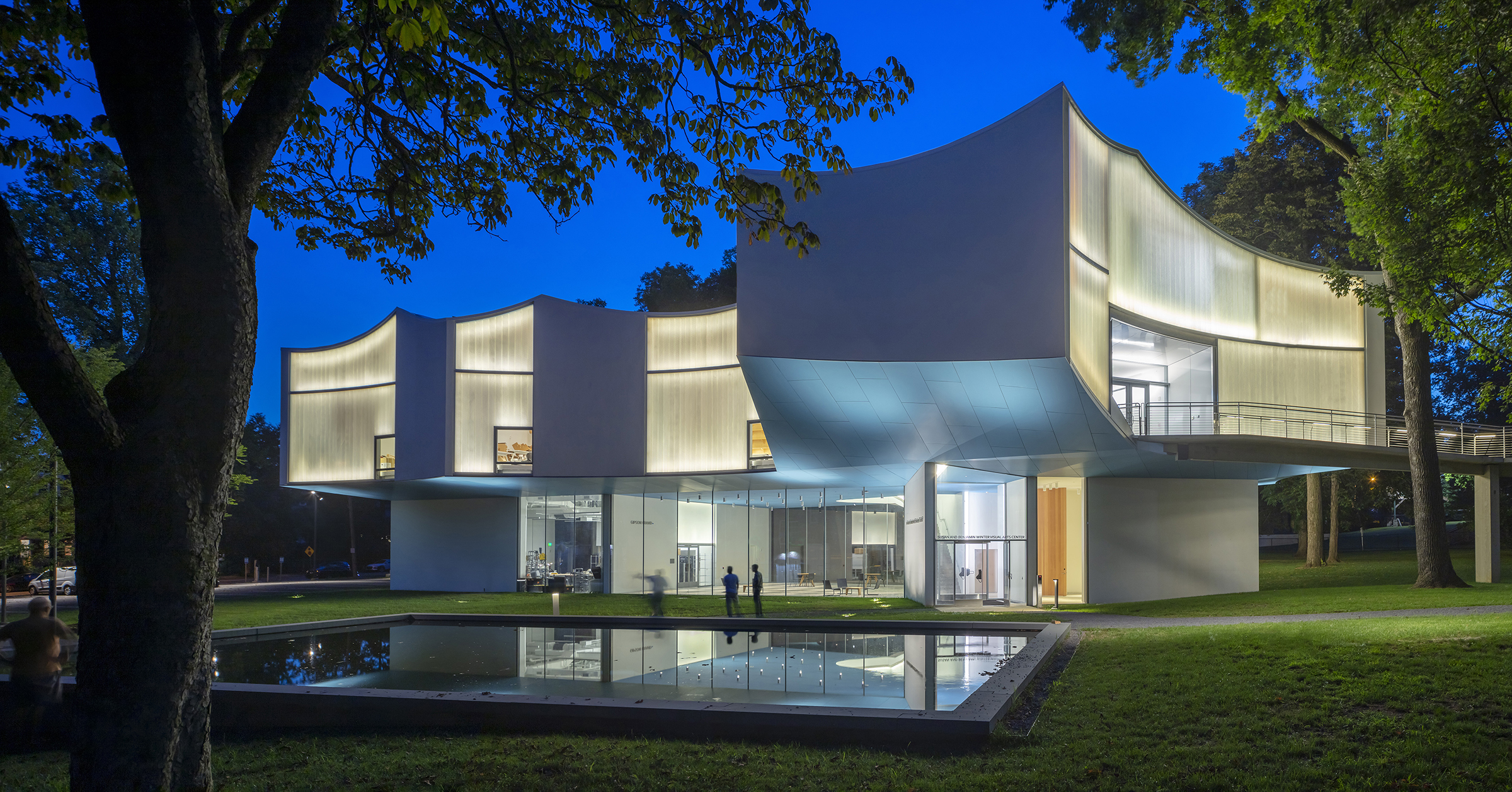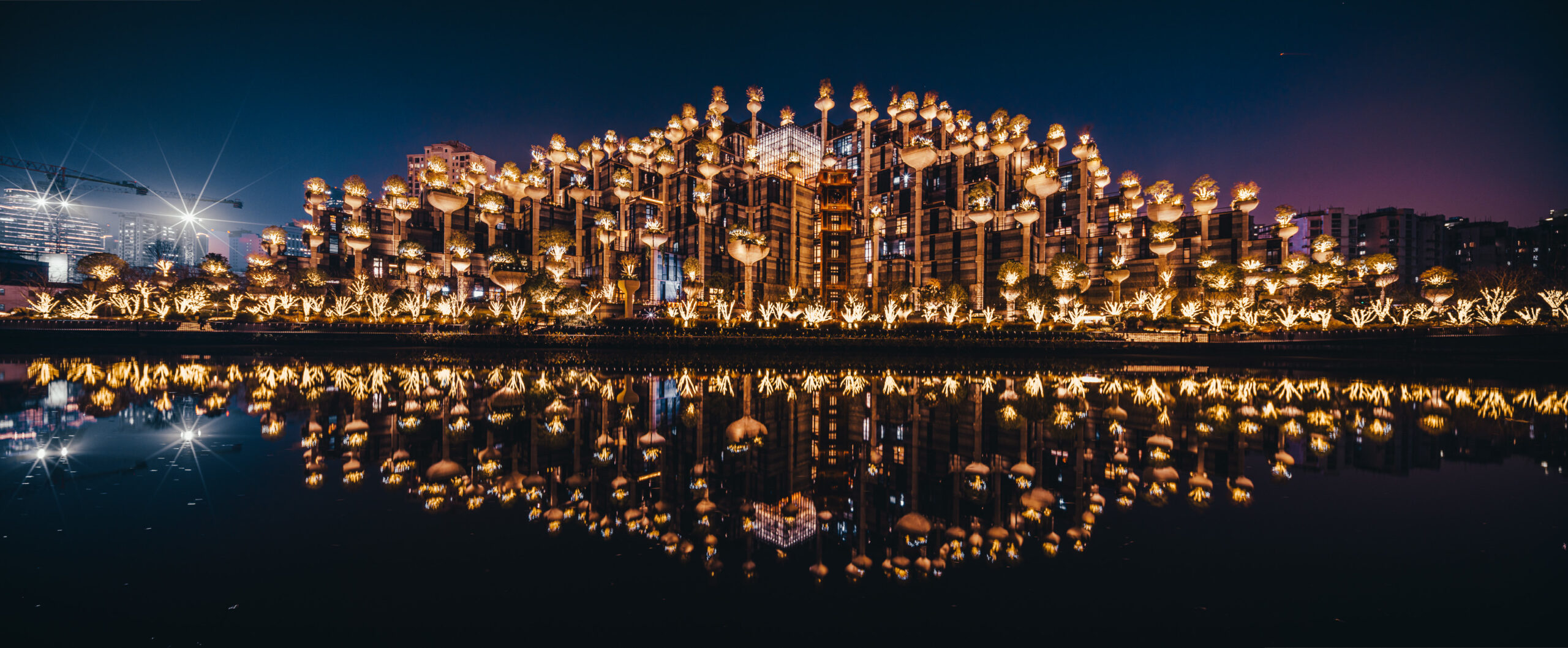We are thrilled to announce the winners of Architizer's inaugural Vision Awards, the world’s biggest awards program dedicated to the art of architectural representation. Sign up to receive future program updates >
“Work to live, don’t live to work” — Unknown.
While credit for those familiar words might have been lost over time, “Work to live, don’t live to work” is a saying that has become somewhat of a mantra for many architects as a direct response to the “hustle culture” that is so highly revered in our industry.
But what if the boundaries between work and life could be redrawn, not to blur or blend them, but to define them more clearly and rebalance everyday life?
There are many ways to bring equilibrium into your work-life balance, but one in particular has been causing more debate than any in recent months — working from home. The allure of working from home lies not simply in the ease of convenience but also in the promise of a better quality of life. Gaining extra hours with your family, launching a dream business by eliminating overhead costs or taking the opportunity to see more of the world. Yet, as many of us learned throughout 2020, working from home can lead to an encroachment of work into life and vice-versa.
The rise of home-based workers globally, currently estimated at 12.7% of all full-time employees with a further 28.2% of employees having adapted to a hybrid work model, is not looking like it will slow down any time soon, and so with it, ingenious Live/Work spaces are being designed to best support this new way of life that challenges traditional work models and opens up possibilities for how we define success and happiness in the modern age.
Each of the innovative architects listed has designed their project to accommodate a home and a workplace in buildings to offer dedicated, purpose-built environments that aim to provide a more balanced lifestyle for each of the homeowners.
105 Social Dwellings + 18 SOHOs
By Moussafir Architectes and Nicolas Hugoo Architecture, Paris, France
Jury Winner, 11th Annual A+Awards, Residential Affordable Housing

Photos by Hervé Abbadie
Situated on a reclaimed railyard in Paris, this mixed-use development ingeniously combines 105 social housing units with eighteen Small Offices/Home Offices (SOHOs). The unusual project employs a dual-access system that allows for both public and private entry to the building that seamlessly integrates work and living spaces while expertly maintaining their distinct boundaries.
With incredible views across the Parisian skyline, the architectural design is not just a nod to the site’s historical past but also a forward-looking solution for the modern live/work lifestyle. Ribbed and perforated aluminum façades are inspired by train sheds yet also maximize the natural light within the interior— a crucial element for healthy and productive living and working environments.
Loft A
By arrova | atelier rojo_vergara, Pamplona, Spain

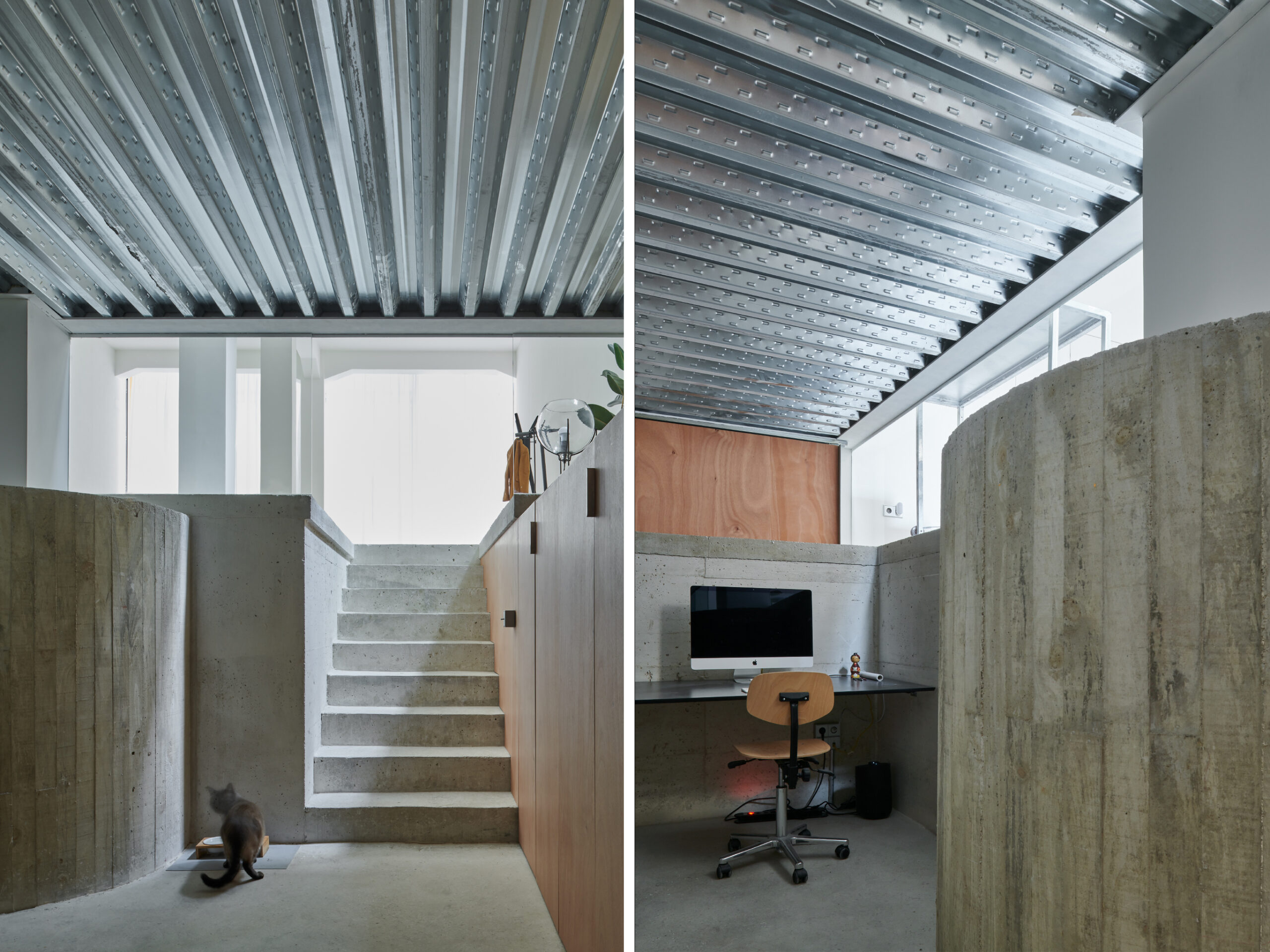
Photographs by Iñaki Bergera
Loft A is a fantastic example of a self-contained live/work space. Once a car garage, the building has been ingeniously transformed. The loft’s design goes beyond traditional boundaries by incorporating adjustable staircases allowing for undefined rooms. The owner can customize the layout according to their work and living requirements. This level of adaptability is particularly relevant in the context of the modern live/work approach, offering a flexible, open environment that can seamlessly transition between professional and personal use.
While the main living area is characterized by its open, airy atmosphere and abundant natural light, the workspace below offers a contrasting experience. Positioned under the main podium, this work area is defined by its concrete walls that create a more confined and private atmosphere. This intentional segregation serves a dual purpose: it not only provides a quiet workspace, but it also addresses the modern need for distinct live and work spaces, giving them a very different look and feel —the workspace’s more enclosed environment offers a sanctuary for focused work, while the loft’s otherwise open, light and flexible layout is much the opposite.
Casa Negra
By ArquitectónicA Cecilia Yarmuch + Alejandro Aguilera, Consolapan, Mexico
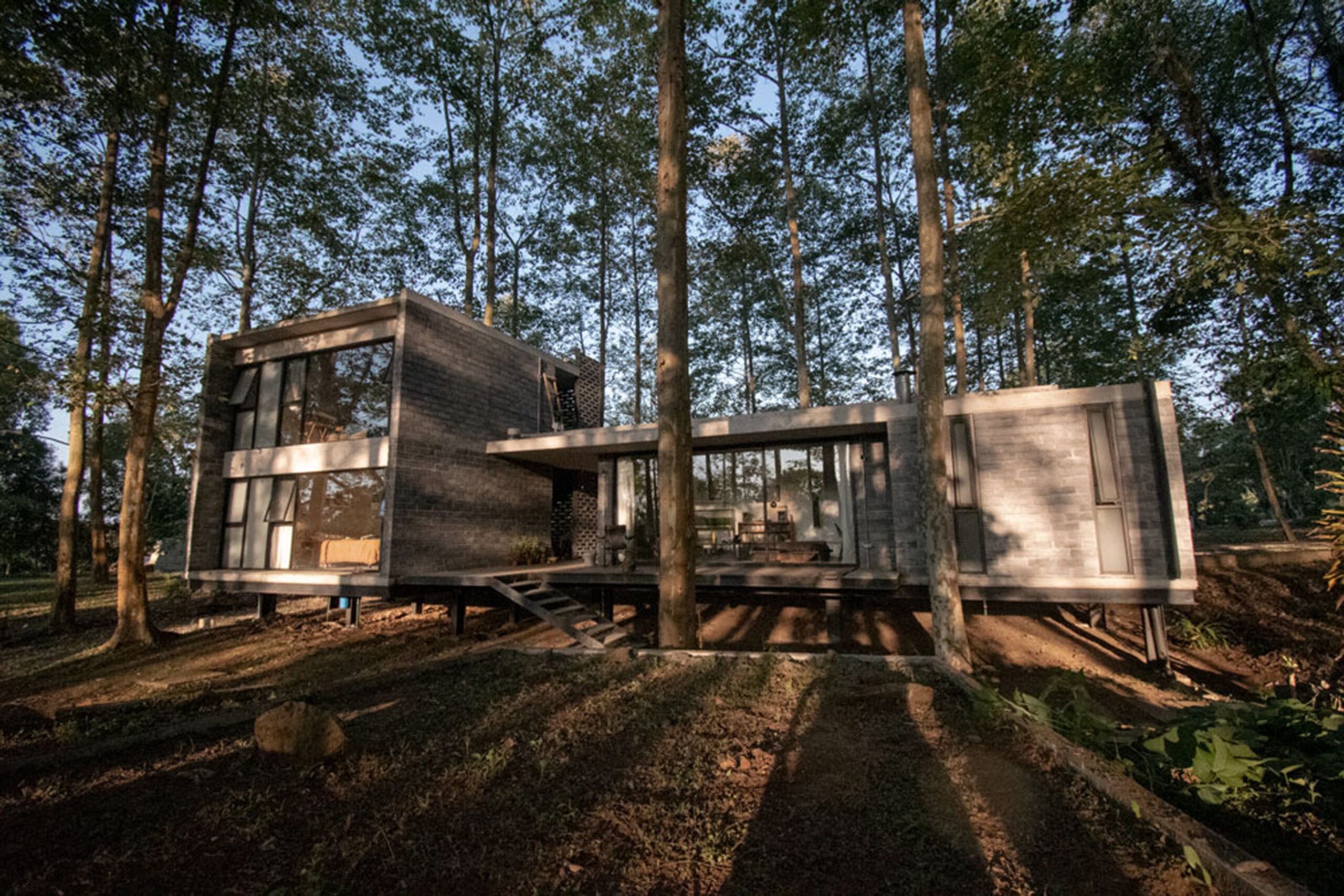
Casa Negra’s primary challenge was to create a home and a studio that exist in harmony yet remain visually distinct from each other. The house is elevated to respect the natural environment, allowing for tree root growth and wildlife passage. At the same time, the studio is intentionally “buried” and integrated into the landscape, complete with a green roof. This design choice not only preserves the natural surroundings but also ensures that the studio remains inconspicuous when viewed from the house.
The spatial arrangement is carefully planned to separate work and living spaces, connected by a transitional portico that serves as both a distributor and a terrace. This space acts as a translucent boundary, framing the forest and separating public from private areas. Additionally, the design employs innovative environmental strategies like cross-ventilation and thermal mass to maintain comfort and health in both the home and the studio. The result is a live/work environment that offers the best of both worlds: a private sanctuary coexisting with a productive workspace, all while being deeply integrated with nature.
OHV
By 932 Design Consultants, Singapore

Situated above the lively streets of Singapore, OHV is an apartment designed to serve as a live/work sanctuary for a family of four, including two creative professionals and their preschool children. Conceived during the COVID-19 pandemic, the home was designed to nurture family bonds while offering individual spaces for work, play and personal growth. The open-plan layout in the shared spaces allows for a fluid transition between various activities, enabling parents to monitor their children while working or relaxing. A raised platform in the family room brings the children closer to the adults, fostering a sense of unity.
The apartment is thoughtfully designed to cater to both professional and personal needs. For the adults, a cozy coffee corner in the kitchen serves as a quiet zone for Zoom calls, while the primary bedroom exudes calmness with its light oak panels. The design also incorporates elements like a defining blue ceiling and kid-friendly furniture to create a balanced environment that supports both work and family life in tandem.
Mountain Villa
By Beijing Jimei Survey and Design, Hebei, China
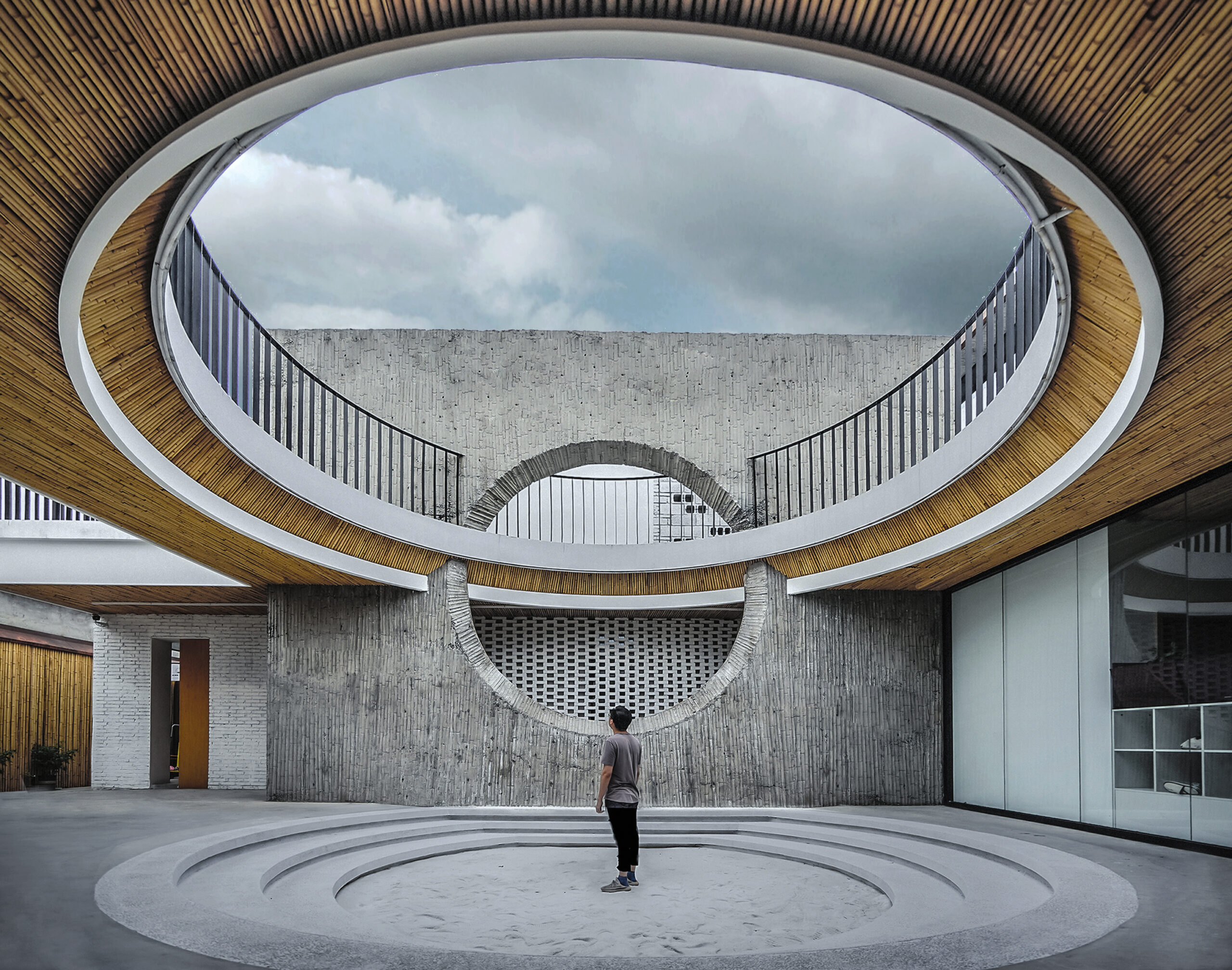
 Not all live/work spaces are the same; rather than incorporating a workspace into a building, Mountain Villa serves as both a residence and a business venture. Designed to meet the growing aspirations of local people transitioning into the service industry, the project comprises four distinct living units—three intended for use as hotels or B&Bs and one as the owner’s residence. Each unit is designed with a private courtyard while also sharing a larger, communal courtyard.
Not all live/work spaces are the same; rather than incorporating a workspace into a building, Mountain Villa serves as both a residence and a business venture. Designed to meet the growing aspirations of local people transitioning into the service industry, the project comprises four distinct living units—three intended for use as hotels or B&Bs and one as the owner’s residence. Each unit is designed with a private courtyard while also sharing a larger, communal courtyard.
The architectural design of Mountain Villa is as much about the experience as it is about the structure. Each two-story unit has its own staircase and private terrace with views of the surrounding mountains. It is connected by a shared terrace that serves as a social space for temporary “neighbors” to mingle and enjoy BBQ. The building, although distinct in its commercial intent, harmonizes with the local fabric by using natural and affordable materials like bamboo and bamboo-molded concrete.
We are thrilled to announce the winners of Architizer's inaugural Vision Awards, the world’s biggest awards program dedicated to the art of architectural representation. Sign up to receive future program updates >
